scroll for more! ⟶
Cinchy Blog / Beach and Surf Safety Tips for Travelers in Bali
Beach and Surf Safety Tips for Travelers in Bali
Published: 06 Sep 2025
By Syahrial Maulana Sudarto
Travel Enthusiast
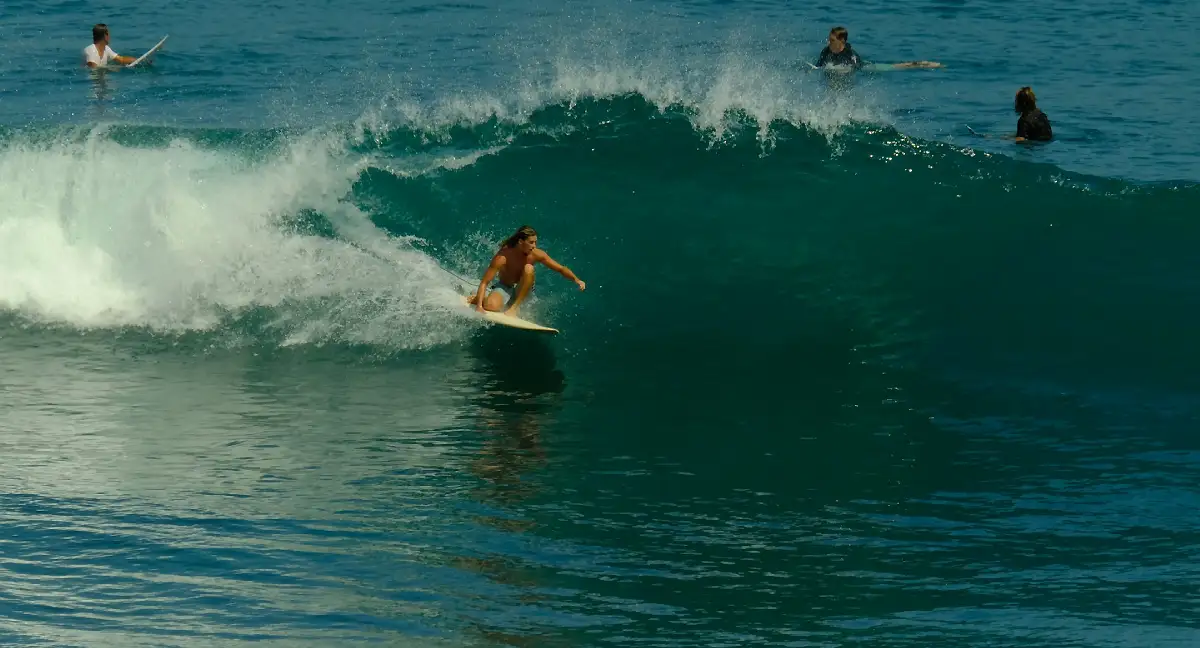
Book Your Ride in Just 1 Minute!
Free Cancellation
24/7 Support
Insurance
Start Date - End Date
Start Time
-- : -- --
End Time
-- : -- --
Duration
0 Day(s)
Bali, the Island of Gods, is more than just a destination; it's a feeling.
With its breathtaking landscapes, vibrant culture, and world-class waves, it's no wonder so many travelers flock here to chase the sun and ride the surf.
But while the waves are inviting, mastering them requires more than just a sense of adventure.
Knowing the ins and outs of beach and surf safety in Bali is essential for a fun and unforgettable trip.
This guide is your key to staying safe while enjoying Bali's legendary beaches, from understanding the dangers to finding the perfect beginner-friendly spot.
Understanding Unsafe Conditions
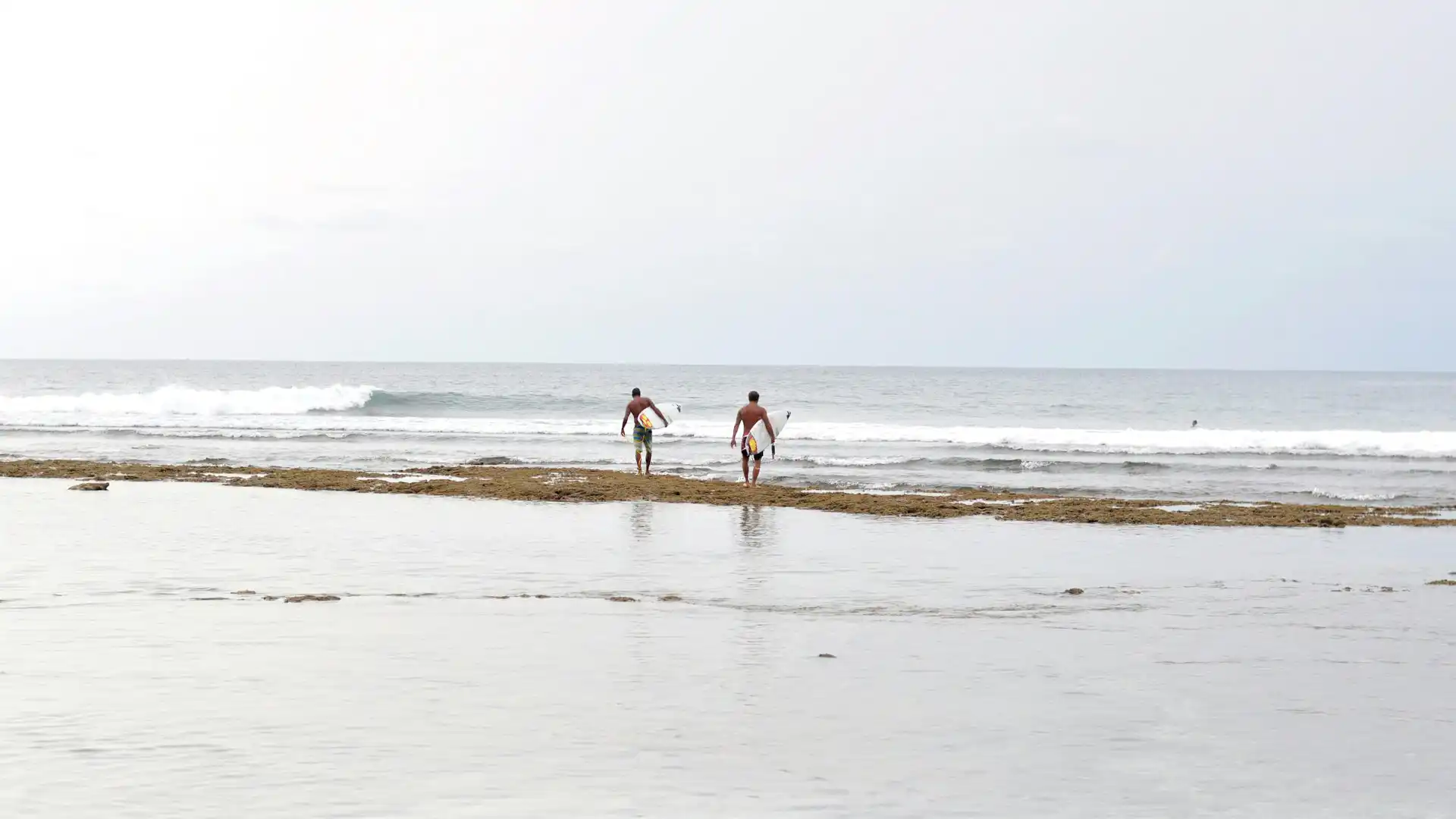
Even on a beautiful sunny day, the ocean can be unpredictable. Being able to read the waves and the beach conditions is your first line of defense.
Here's what to look for to ensure your ocean safety:
1. Recognizing Rip Currents
A rip current or rip tide is a powerful, narrow channel of water flowing rapidly away from the shore.
They're notoriously dangerous because they can pull you away from the beach quickly.
Watch out for telltale signs: a channel of churning, choppy water; a line of foam or debris moving steadily out to sea; or an area with a different color than the surrounding water.
If you get caught, don’t panic! Instead of swimming against the current, swim parallel to the shore until you're out of its pull, then paddle back to the beach.
If you can’t get out, stay afloat and wave for help.
2. Big Waves and Dangerous Swells
Waves taller than two meters can be dangerous, especially for beginners.
Always check a reliable tidal chart and surf report (like MagicSeaweed or SurfForecast) before heading out.
The ocean floor in Bali, especially at popular surf break locations, can be rocky or have sharp coral.
These reef break spots can cause serious injuries. If you’re surfing in a rocky area, always wear reef booties to protect your feet from cuts.
3. Water Quality and Pollution
After heavy rain, especially in areas like Kuta and Canggu, the water can be polluted by runoff.
This increases the risk of infection if you have an open wound. If the water is murky, it's best to stay out as it can hide dangers like rocks or even a jellyfish sting.
4. Heeding Warning Signs and Lifeguards
Many of Bali's popular beaches, like Kuta and Seminyak, have lifeguards on duty. Pay close attention to beach flags and warning signs.
A red flag means it’s unsafe to enter the water. Never swim or surf when there’s a thunderstorm, as saltwater is an excellent conductor of electricity.
Beginner-Friendly Bali Surf Spots
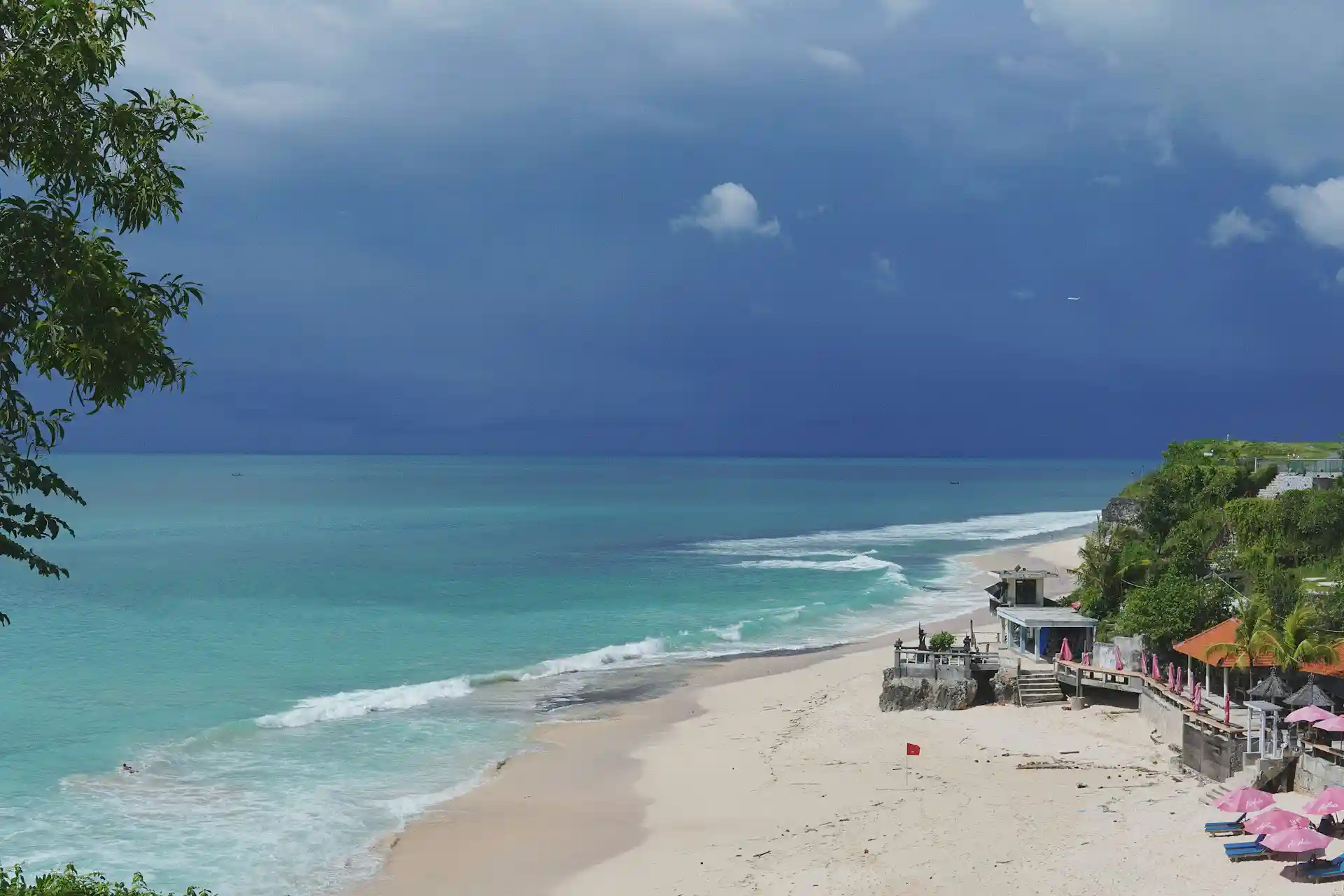
Choosing the right beginner surf spot is a game-changer. These spots are known for their gentle waves, sandy bottoms, and supportive environments, making them ideal for your first surf lesson or two.
1. Kuta Beach
The quintessential beginner's paradise. Kuta Beach offers soft, rolling waves and a sandy bottom, making it the perfect place to learn.
There are plenty of surf instructor options and lifeguards on duty. It can get crowded, so an early morning session is a great idea to avoid the masses.
2. Seminyak Beach
Just north of Kuta, Seminyak Beach has slightly larger waves but is still very manageable for those with a bit of experience. With its sandy bottom and lifeguard presence, it's a great step up from Kuta.
3. Batu Bolong Beach
Located in Canggu, Batu Bolong Beach is famous for its slow, easy-to-ride waves, making it perfect for longboarding. The community here is incredibly friendly, but be mindful of a few rocky spots at low tide.
4. Dreamland Beach
True to its name, this beach offers gentle waves and a sandy bottom. It's quieter than the spots in Kuta and Canggu and boasts stunning cliffside views.
5. Sanur Beach
For absolute beginners and families, Sanur is a fantastic choice. The tidal pools and calm, shallow waters make it an excellent and safe environment for learning to paddle on your surfboard.
Smart Surfing Tips for an Amazing Experience
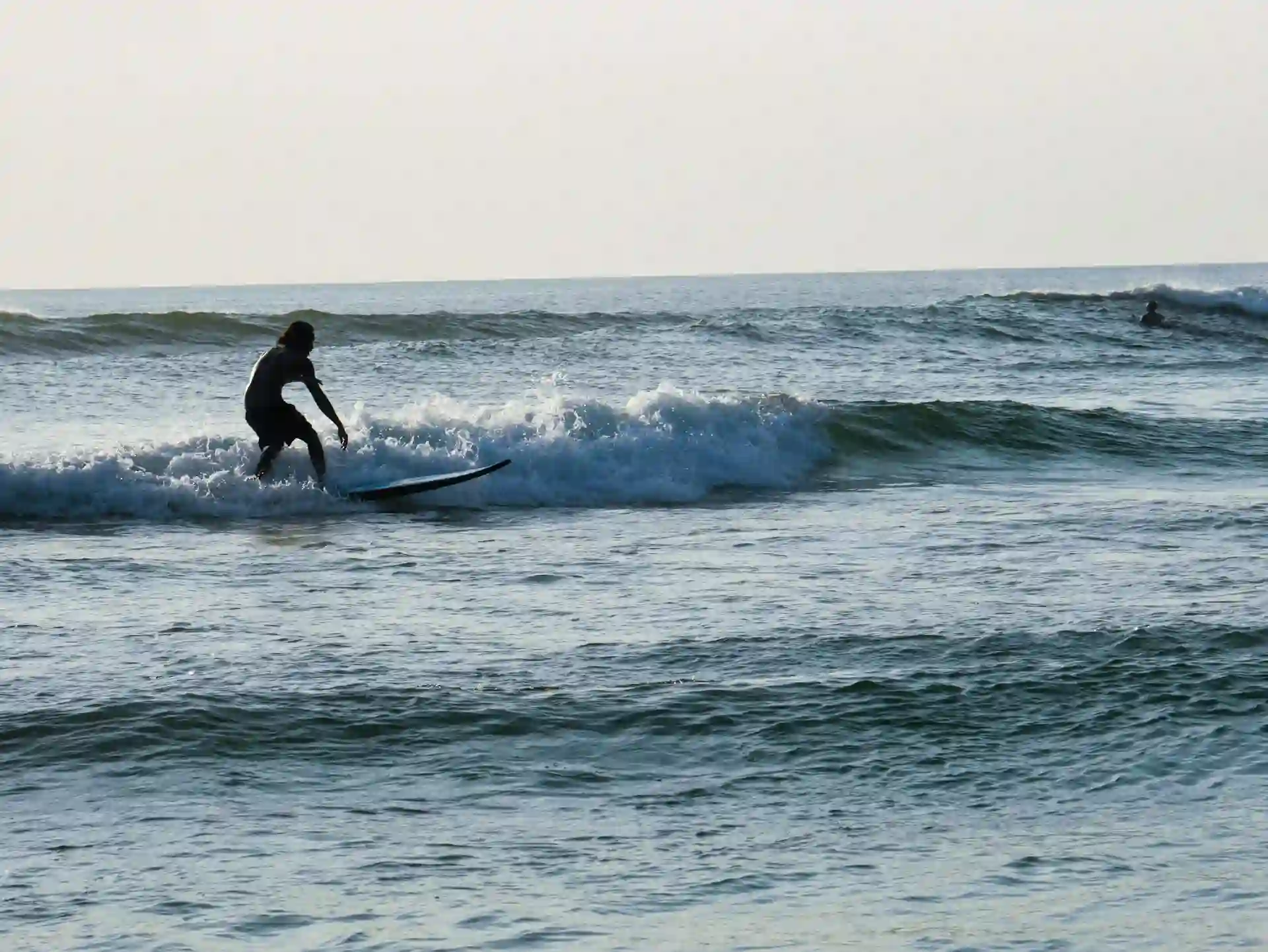
Now that you know where to go, here are some essential tips for a fun and secure surfing adventure.
These Bali surf spots for beginners safety guide tips will help you enjoy the waves without any surprises.
1. Check the Conditions
Don't just show up and hope for the best. Always check the weather and wave reports. Watch the wave sets from the shore for a few minutes before you get in. Local advice is always a great source of information.
2. Get the Right Gear
Beginners should always use a soft-top surfboard. They are more stable and forgiving if you fall. Wear a rash guard to prevent skin irritation, and use reef-safe sunscreen to protect your skin and the marine environment.
3. Warm Up and Stay Hydrated
Stretch before you enter the water to prevent cramps and injuries. Make sure you're well-hydrated. Keep some water and snacks handy.
4. Never Surf Alone and Know Your Limits
Always go out with a friend or a group. If something happens, you'll have someone there to help.
Don't try to paddle out to waves that are too big for your skill level. If you're in doubt, stay on the shore.
5. Use a Leash
A leash keeps your board from getting swept away by a wave and potentially hitting someone else. It's a basic but crucial piece of surf etiquette.
6. Respect the Ocean and Locals
Don’t litter! Bali has a significant plastic pollution problem. Help keep the beaches clean. If you encounter a sea urchin or other marine life, admire them from a distance.
7. Take a Lesson
For new surfers, an official surf lesson from a certified school is an invaluable investment. Instructors don't just teach you how to stand up; they teach you about safety, surf etiquette, and how to handle surf injuries.
8. Know Basic First Aid
For minor surf injuries like coral cuts, clean them with fresh water and apply an antiseptic. For serious wounds, seek medical help immediately.
Always have a small first aid kit on hand. Save the emergency numbers for Bali—like 112 for the ambulance and rescue services. Lifeguards can also assist if available.
Read Also:
List of Hospitals Near Seminyak in Bali
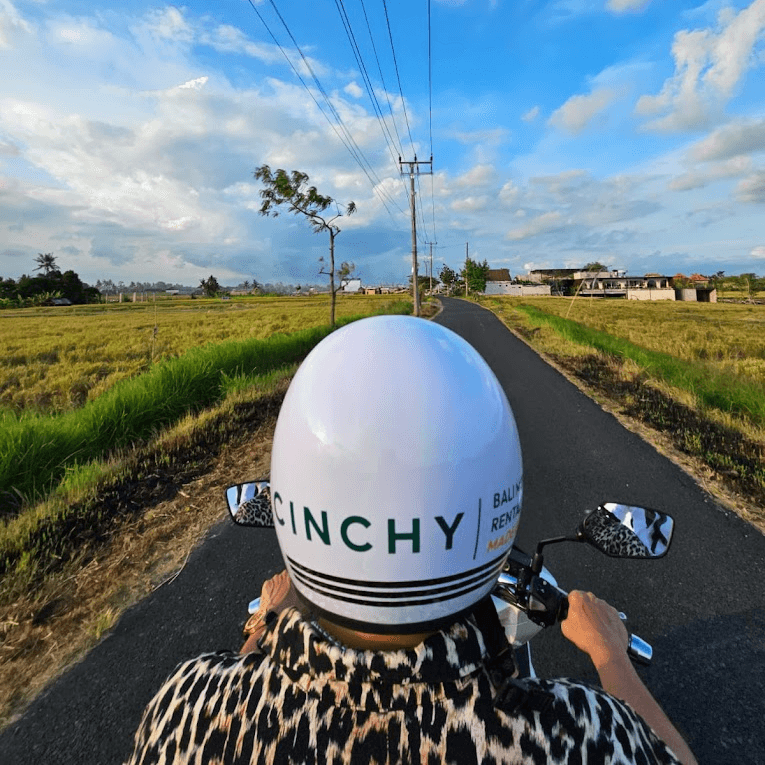
Explore Bali with scooter
With so many safety tips for your surf trip, you'll need an equally safe way to get to all the beaches, and that’s where Cinchy’s scooters come in!
Cinchy’s scooter rental process is quick and easy, requiring only a few simple documents like a valid ID (Passport or KTP), a valid driving license (International or SIM C), round-trip flight tickets, and hotel bookings. Plus, you can book via online!
To secure your spot, you can book Cinchy’s scooter here: Book a Scooter in Cinchy Now! 🛵
We offer 24/7 service and free delivery and pickup in major Southern Bali areas for your convenience.
With this guide and a reliable ride from Cinchy, you're ready to explore Bali's stunning beaches and hit the waves safely.
Enjoy your adventure, stay safe, and have the trip of a lifetime!

